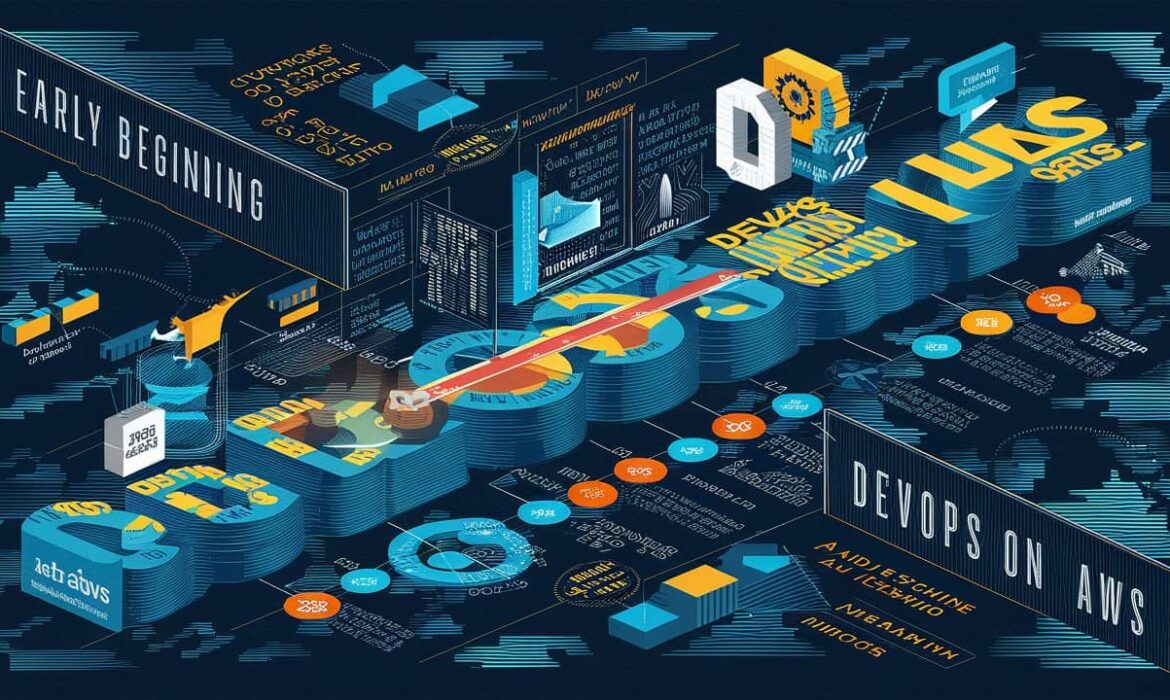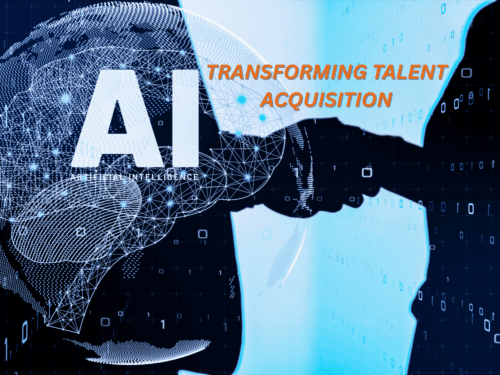The Evolution of DevOps
Before DevOps became mainstream, development and operations functioned as distinct entities within the application release cycle. Developers would create code and hand it off to the operations team, which was responsible for deploying it into production. This traditional approach often led to conflicts due to differing priorities: developers aimed for frequent, rapid updates to introduce new features and fixes, while operations sought to minimize releases to ensure system stability and uptime. The absence of a well-defined or automated handover process exacerbated these issues, resulting in miscommunications and misalignments. Developers might provide code with inadequate deployment documentation, while operations teams struggled to understand and manage the deployment, leading to delays and inefficiencies.
The adoption of DevOps revolutionized this process by integrating development and operations more closely. It improved the reliability of software development and operations, reduced the time to market for software products, and enabled quicker, more effective delivery of updates. Additionally, DevOps fostered a better organizational culture and collaboration, bridging gaps between teams and streamlining workflows.
Embracing AI-Driven Automation in AWS DevOps
AI-driven automation is revolutionizing DevOps on AWS, enhancing efficiency and precision in development processes. In 2024, integrating AI with AWS DevOps practices allows organizations to automate tasks like code testing, deployment, and monitoring. Tools like AWS CodeGuru offer automated code reviews and performance recommendations, streamlining workflows and minimizing human error. This automation accelerates development cycles and results in more reliable applications.
Additionally, AI enhances predictive capabilities within AWS environments, allowing DevOps teams to foresee potential issues before they arise. Machine learning algorithms analyze data to predict system failures, performance bottlenecks, and security vulnerabilities. This proactive approach enables teams to address issues preemptively, ensuring smoother and more resilient operations. AI-driven automation in AWS DevOps is setting new standards for smarter, faster, and more secure cloud-based application development.
The Rise of GitOps: Streamlining Cloud Deployments
AI-driven automation is revolutionizing DevOps on AWS, enhancing efficiency and precision in development processes. In 2024, integrating AI with AWS DevOps practices allows organizations to automate tasks like code testing, deployment, and monitoring. Tools like AWS CodeGuru offer automated code reviews and performance recommendations, streamlining workflows and minimizing human error. This automation accelerates development cycles and results in more reliable applications.
Additionally, AI enhances predictive capabilities within AWS environments, allowing DevOps teams to foresee potential issues before they arise. Machine learning algorithms analyze data to predict system failures, performance bottlenecks, and security vulnerabilities. This proactive approach enables teams to address issues preemptively, ensuring smoother and more resilient operations. AI-driven automation in AWS DevOps is setting new standards for smarter, faster, and more secure cloud-based application development.
 Harnessing the Power of Serverless Architectures
Harnessing the Power of Serverless Architectures
Serverless architectures on AWS are revolutionizing DevOps by eliminating the need for infrastructure management. With AWS Lambda, developers can deploy code without provisioning or managing servers, leading to significant cost savings and operational efficiency. This model allows DevOps teams to focus on application logic rather than infrastructure, enabling faster development cycles and streamlined workflows.
AWS’s serverless offerings, including AWS Lambda, Amazon API Gateway, and AWS Step Functions, integrate seamlessly with existing DevOps tools. This integration supports continuous integration and continuous deployment (CI/CD) pipelines, facilitating automated testing and deployment processes. The result is a more agile development environment where updates and features can be rolled out quickly and reliably.
Moreover, serverless architectures enhance scalability and performance. AWS automatically scales applications based on demand, reducing the need for manual intervention. This dynamic scalability aligns perfectly with DevOps principles, promoting a more resilient and responsive system.
Advancements in Continuous Integration and Continuous Delivery (CI/CD)
In 2024, Continuous Integration (CI) and Continuous Delivery (CD) saw significant advancements, driven by the integration of AWS and DevOps practices. AWS now offers enhanced CI/CD tools that streamline the development pipeline, reducing manual interventions and accelerating deployment processes. With AWS CodePipeline and AWS CodeBuild, teams can automate and manage complex workflows efficiently, ensuring faster and more reliable delivery of applications.
The latest updates include improved support for containerized applications, thanks to AWS’s integration with Kubernetes and Docker. These advancements enable seamless deployment and scaling of microservices architectures, which are crucial for modern DevOps strategies. By leveraging AWS’s managed services, teams can focus more on building and testing rather than managing infrastructure.
Furthermore, AWS’s integration with various third-party tools and platforms enhances CI/CD capabilities, offering more flexibility and customization. This evolution in CI/CD practices is crucial for maintaining agility and efficiency in today’s fast-paced development environments.
Scaling DevOps with Kubernetes and AWS Fargate
Scaling DevOps becomes seamless with the integration of Kubernetes and AWS Fargate. Kubernetes serves as a robust container orchestration platform that efficiently manages and scales containerized applications. When paired with AWS, it offers enhanced benefits such as improved scalability, high availability, and streamlined resource management. Kubernetes simplifies the complex tasks of deployment, scaling, and monitoring, making it a cornerstone for modern DevOps practices.
AWS Fargate, a serverless compute engine, complements Kubernetes by handling the underlying infrastructure management. This allows DevOps teams to focus on developing and deploying applications without the burden of managing servers or clusters. Together, Kubernetes and AWS Fargate streamline operations, reduce overhead, and accelerate deployment cycles. This synergy not only optimizes resource utilization but also supports scalable, efficient, and cost-effective DevOps practices, addressing the demands of contemporary application environments.
Future-Proofing DevOps: The Role of Observability and Monitoring
In the landscape of AWS and DevOps, ensuring robust observability and monitoring is crucial for future-proofing operations. Modern DevOps practices on AWS emphasize the integration of advanced monitoring tools to gain real-time insights into system performance, application health, and infrastructure status. By leveraging AWS services such as Amazon CloudWatch and AWS X-Ray, organizations can implement comprehensive observability strategies that track metrics, logs, and traces across their cloud environments. This enables proactive identification of potential issues, reducing downtime and improving overall system reliability.
Effective observability and monitoring also support continuous improvement in DevOps workflows by providing actionable data for optimizing deployments and scaling applications. As AWS introduces new features and services, maintaining a high level of visibility ensures that teams can quickly adapt to changes and incorporate best practices. Embracing these strategies not only enhances operational efficiency but also prepares organizations to tackle future challenges with confidence.






